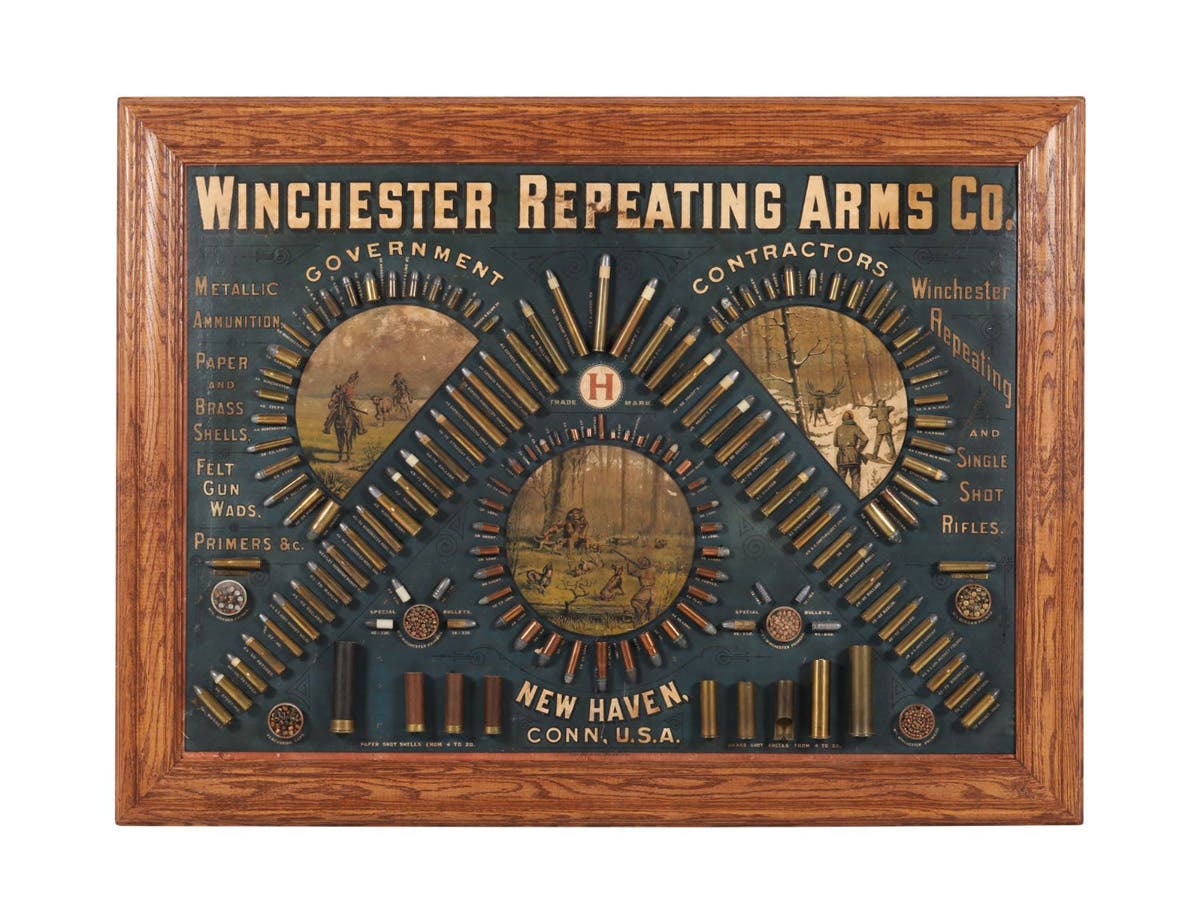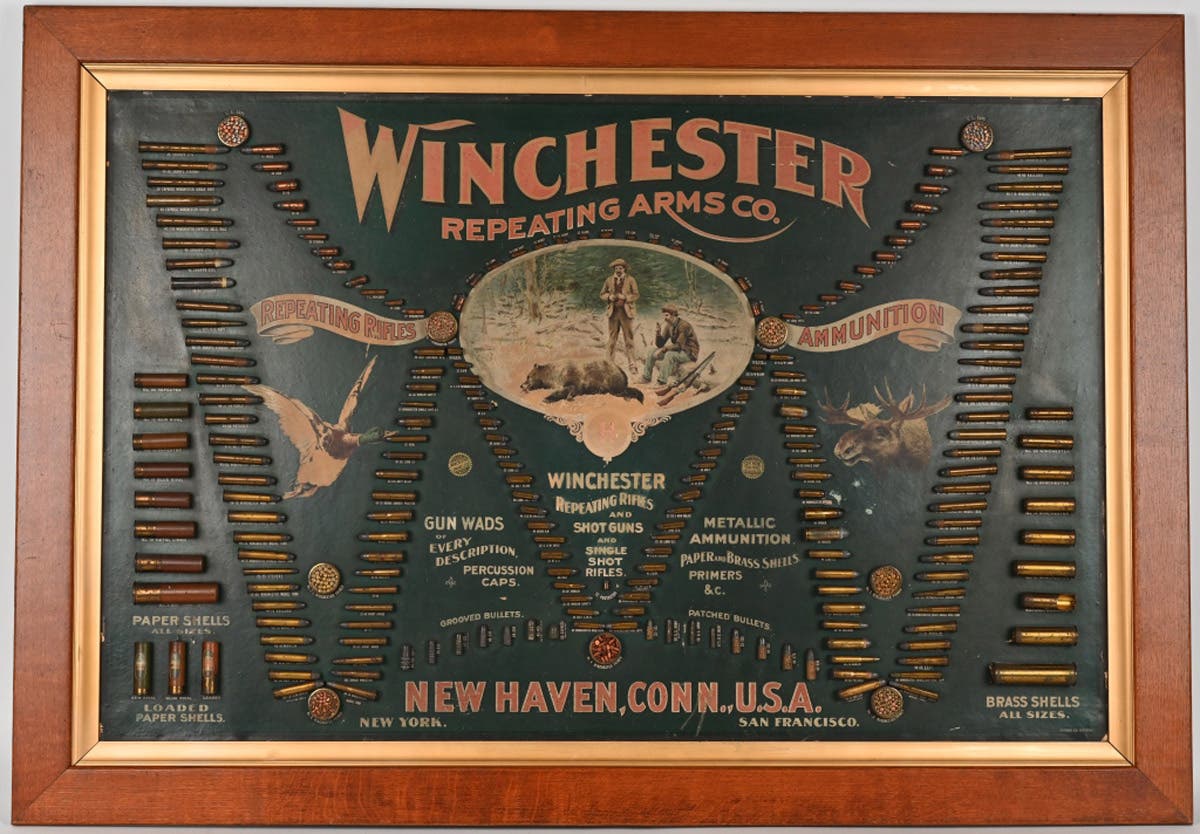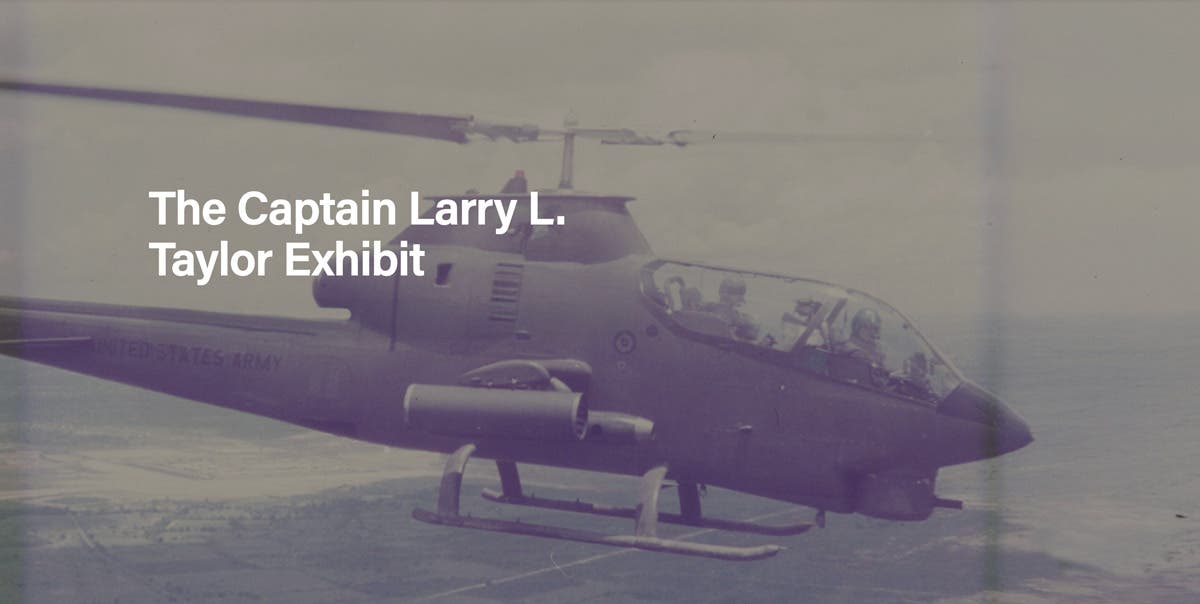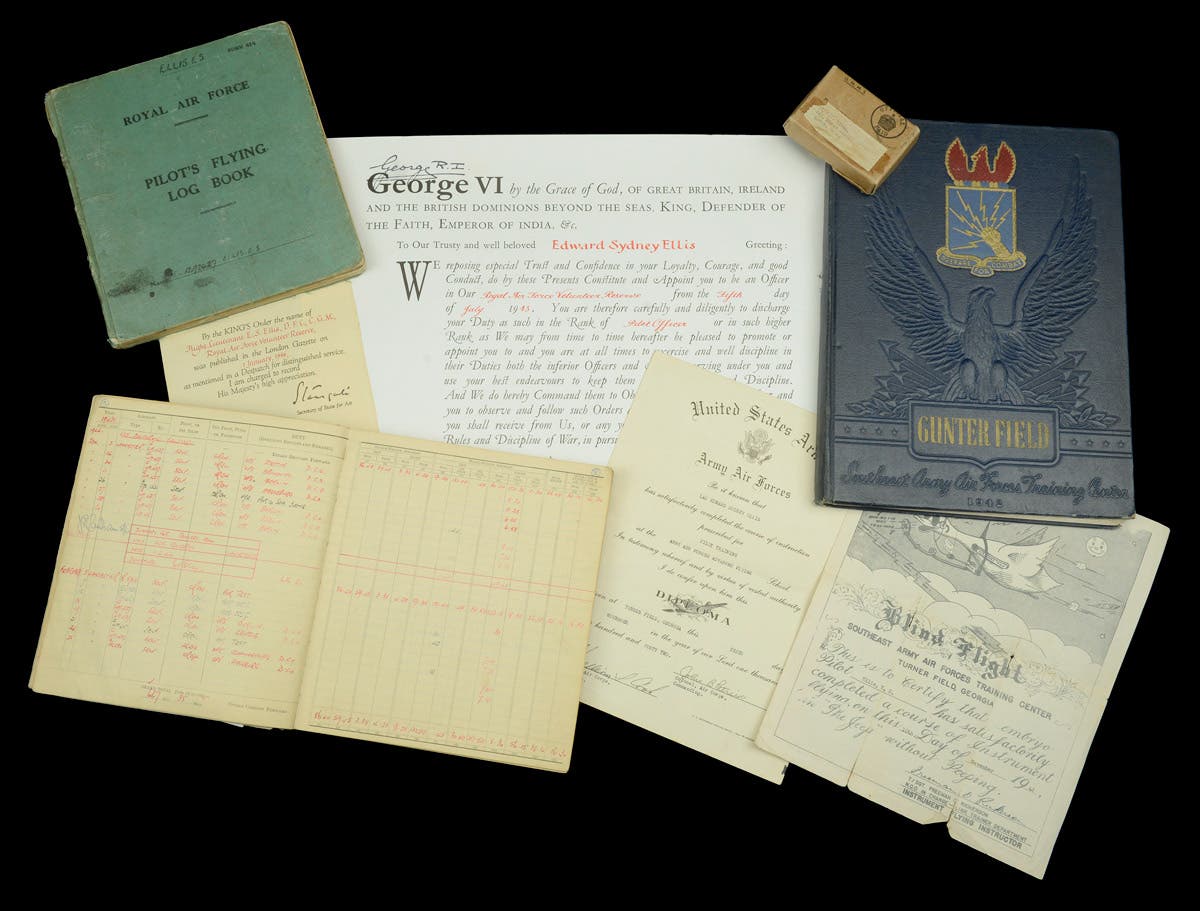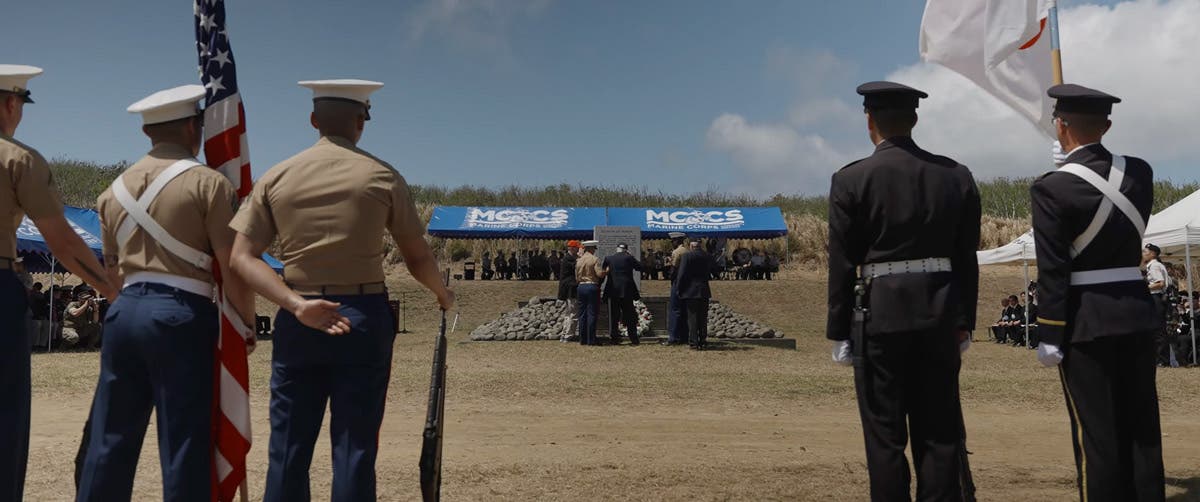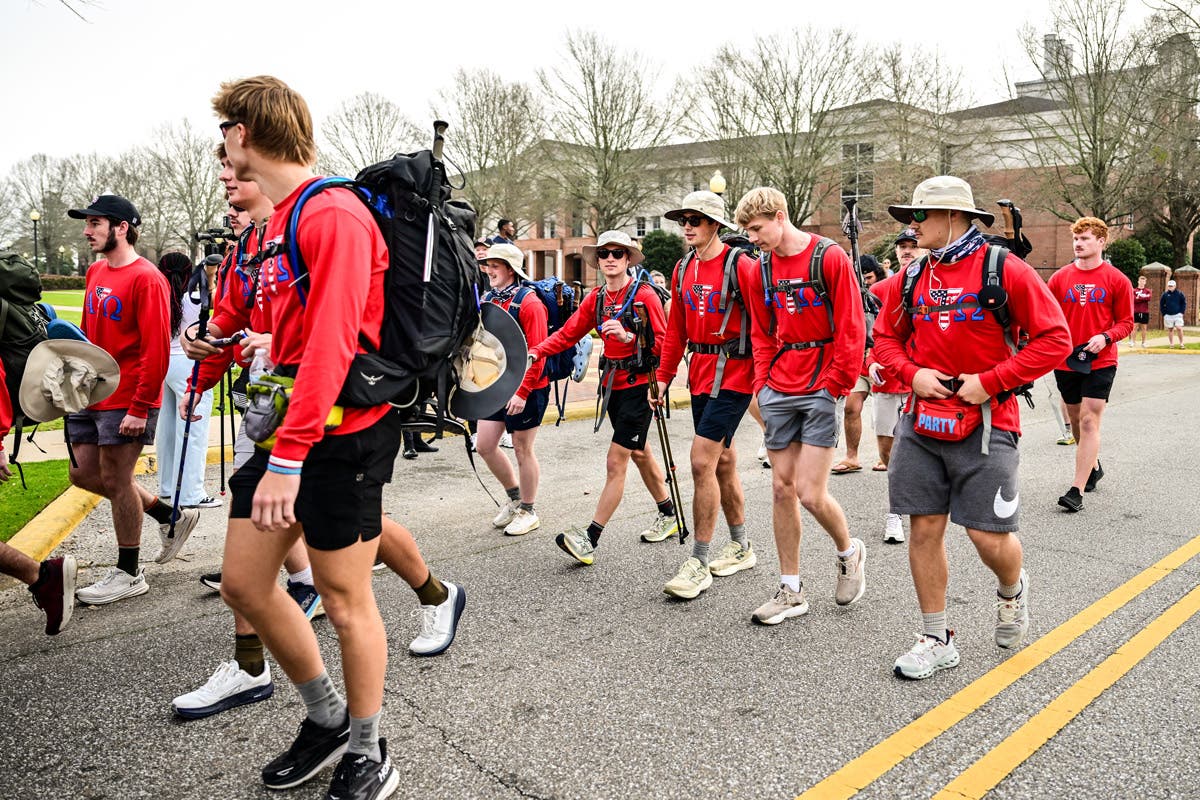Dropping in on Arnhem: A retrospective on a horrific WWII battle
More than three-quarters of a century since the Allies attempted “A Bridge Too Far” during WW2 to cross the Rhine into Germany
If June 6, 1944, will almost always be known to historians and military history enthusiasts as “the Longest Day,” then September 17-25, 1944, should rightfully be known as “the Longest Week.” It was during those nine days that Operation Market Garden took place — the daring airborne operation that called for the capturing of several key bridges in the Netherlands.
The operation succeeded in liberating the Dutch cities of Eindhoven and Nijmegen, but it was at Arnhem where the Allies were ultimately defeated. The British 1st Airborne Division lost nearly three quarters of its strength in the struggle. The unit was unable to see combat again.
The sacrifice made by the British paratroopers, along with the men of the Glider Pilot Regiment, and the 1st Polish Parachute Brigade, has been retold in the 1977 epic war film, “A Bridge Too Far.” To truly understand what those men faced, however, you must visit the Dutch city Arnhem and the village of Oosterbeek — the latter being home to the impressive Airborne Museum ‘Hartenstein.’
The Legacy of September 1944
It is almost impossible to visit Arnhem today and not see reminders of the battle. Founded in the early Middle Ages, the city has seen its fair share of strife and conflict over the centuries. While not the scene of any major conflicts prior to WWII, it had been occupied several times by invading armies. At one time, Arnhem had been fortified with city walls, but most of these were dismantled by the early 19th century as the city expanded.
To movie viewers of the aforementioned, “A Bridge Too Far,” the city will probably seem unrecognizable. Arnhem was deeply devastated during the actual battle. Most of it was rebuilt after the war. The film was actually shot in Deventer where a similar bridge over the Ijssel now stands. For those who want to see the movie version of Arnhem, they need to head to Deventer!
FATE OF THE BRIDGE
While the bridge was just one “too far” for the Allied operation, a part of the story of Arnhem that isn’t well-known is that the Allies actually destroyed the bridge after the operation to capture it. On October 7, 1944, just weeks after the failed operation, B-26 Marauders of the 344th Bomb Group bombed and destroyed the bridge to prevent the Germans from using it to send reinforcements south of the river. The city was finally liberated by British and Canadian forces in April 1945, and a Bailey bridge was erected alongside the remains of the destroyed bridge.
A new bridge was built in the same style as the destroyed bridge. It opened in 1948. This road bridge was officially renamed the John Frostburg (John Frost Bridge) after Major-General John Dutton Frost (1912-1993), the British airborne commander in the operation (he was played in the movie by Sir Anthony Hopkins).
In 1995, a World Liberty Concert was held at the bridge in honor of the 50th anniversary of the liberation of Europe. There have been plans to build a new bridge over the Lower Rhine in nearby Oosterbeek. If built, it is to be named after Polish airborne commander General Stanisław Sosabowski (played by Gene Hackman in the movie).
There are numerous memorials to the British paratroopers around town. Outside of the city lies the Arnhem Oosterbeek War Cemetery which contains the graves of most of the soldiers killed during the September landings as well as those who died in later fighting in the area.
The Village Oosterbeek
In “A Bridge Too Far,” the British drop zones were quite a distance from the city center of Arnhem. This is noted when visiting the village of Oosterbeek, which is home to both the War Cemetery and the Airborne Museum ‘Hartenstein.’
Each year, on the first Saturday of September, thousands of people make a trek called the “Airborne March.” This includes distances of 10, 15, 25 and 40km. The route leads past key wartime locations that include the Hartenstein Hotel, which was the Divisional Headquarters and is now home to the Airborne Museum; the War Cemetery; drop zones on the Ginkel Heath near Ede; the woods of “Bilderberg” which was the site of some of the hardest fighting during the Battle of Arnhem; the drop zones of Wolfheze, Renkum, and Heelsum; and the Old Church where British troops gathered during their retreat. According to organizers, at least 10,000 British Army, Air Force, and Navy Cadets have taken part in the annual walk over the past 25 years.
Airborne Museum ‘Hartenstein’
Of course, no visit to the area would be complete without experiencing the Airborne Museum ‘Hartenstein.’ It is located in a mid-19th century mansion named the “Hartenstein.”
It had only become a hotel shortly after the outbreak of WWII, when, in 1944, it became the residence for staff members of the Heeresgruppe (Army Group) West. While the movie version of events suggested that it served as Field Marshal Walter Model’s headquarters, this is incorrect. Model had taken residence at the nearby Hotel Tafelberg, which also served as his residence. The filmmakers had likely consolidated sets during the production, but even today, many people believe that Model’s headquarters were in the building. The movie does accurately highlight that when Model and his staff departed the area following the initial British airborne landings, the building was subsequently used as the British HQ by General Roy Urquhart (played by Sean Connery in the movie).
After the war, there had been plans to open a museum to commemorate the battle. Originally, Doorwerth Castle, which had served as the Dutch Artillery Museum, was chosen. However, the aging building couldn’t accommodate the growing collection. Therefore, in May 1978, the Hartenstein became home to Airborne Museum. General Urquhart was there for the opening and dedication.
The Airborne Museum ‘Hartenstein’ underwent a renovation from 2008-2009. It now features a new “Airborne Experience” exhibit in its lower level with impressive dioramas of the battle. The collection includes various uniforms, helmets, small arms, and other artifacts that chronicle the Battle of Arnhem.
The Cinematic Versions
For many today, most of what is known about the Battle of Arnhem comes from the film, “A Bridge Too Far.” Directed by the legendary Richard Attenborough (The Rt. Hon. Lord Attenborough), the movie is based on the Cornelius Ryan novel of the same name.
While it is now seen as a classic WWII film, it was largely shunned by American critics and completely ignored by the Oscars. Noted movie reviewer Roger Ebert called the film “the longest B-Grade war movie ever made,” while fellow reviewer Gene Siskel called it out for having “a parade of famous faces.” He sunk the movie even further by calling the action “routine.”
The film’s biggest critics, however, have been the historians who have called it out for offering a watered down Hollywood interpretation of events. Yet, in terms of equipment and working with the filmmaking techniques of the 1976 — there is no CGI and few, if any, models — the results are extraordinary.
Because “A Bridge Too Far” has found an audience among history buffs and collectors, the 1946 British war film, “Theirs is the Glory” (also known as “Men of Arnhem”), has largely been forgotten. Instead of focusing on the entirety of Operation Market Garden, “Theirs is the Glory” — which was the highest grossing UK war film for nearly a decade — focused solely on the British forces and their fight at Oosterbeek and Arnhem.
“Theirs is the Glory” is also part documentary and part docudrama, as it features original footage from the battle with re-enactments that were shot on location in and around Arnhem. As this film was made just a year after the war had ended, the devastation and the fact that it featured civilians in supporting roles who had lived through the actual battle, has created a sense of realism lacking in so many other war films.
Now, 75 years later, thanks to the museums, movies, and Airborne March, the Battle of Arnhem will live on in our memories.
For more information on the The Airborne Museum ‘Hartenstein,’ write Utrechtseweg 232, 6862 AZ Oosterbeek, Netherlands or visit www.airbornemuseum.nl
You may also enjoy
*As an Amazon Associate, Military Trader / Military Vehicles earns from qualifying purchases.
Peter Suciu is a freelance journalist and when he isn't writing about militaria you can find him covering topics such as cybersecurity, social media and streaming TV services for Forbes, TechNewsWorld and ClearanceJobs. He is the author of several books on military hats and helmets including the 2019 title, A Gallery of Military Headdress. Email him and he'd happily sell you a copy!



